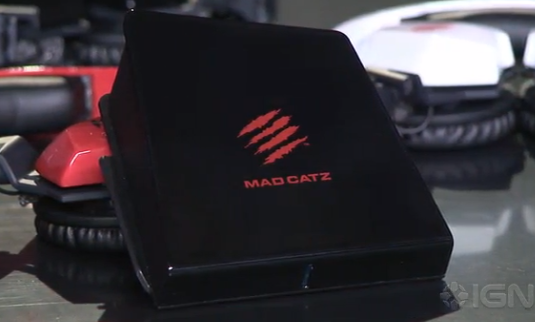According to Google, more than half of Android devices are behind in terms of security updates. In total, there are more than 700 million devices that have not received a security update for a year or more. Google is working hard to ensure the security of the Android Park, but the Mountain View Company today faces some complicated challenges. Google has released its 2016 report on Android security and if the company can welcome some good points. Many problems remain to be corrected to be able to boast to be equal with Apple in terms of security.
First big hurdle: security patches. Google actually pushes Android security patches to Android smartphone builders, but not directly to users. This has the effect of creating a certain disparity according to the manufacturers, some having policies of diffusion of the patches different from that of Google. According to the report about half of the total Android device. It is estimated at 1.4 billion phones while Apple can boast to have a much more secure park (which is logical since it controls the whole software chain).
Google has accelerated the pace of its patches in 2015 and now proposes its security patches on the basis of a monthly update. The company says it wants to further simplify its process of publishing patches to third-party vendors in order to facilitate the transmission and distribution of security patches to users.
The other problem frequently reported by security companies is the proliferation of malicious applications on the Android platform. According to Google nevertheless, this problem is not really a problem. It generally only affects users who seek their applications on unofficial app stores. However, malicious applications, which Google calls Potentially Harmful Application (PHA), remain.
For users who stay on the Google Play Store, exposure to these malware is limited only 0.05% of smartphones downloading exclusively from the official Play Store are affected by one of these applications. A figure that climbs to 0.71% of the total fleet when considering all Android phones, even those whoever stray from the secure enclosure of the official Play Store.
On the Google Play Store, however, Google may show encouraging malware results, the percentage of Trojan-based application installations dropped by 51% from 2015. It now represents 0.016% of installations. Phishing applications, designed to steal identifiers, dropped by 73.4%, while applications installations containing backdoors fell by 30%.
- News
- 29 March, 2017
Highlights
Step-by-Step Guide: Redirecting HTTP to HTTPS Using .htaccess
26 May, 2023

How to remove an old or unwanted Google account from your phone
18 May, 2023

How to turn off Samsung Galaxy Store ads and notifications
17 May, 2023

How to download songs from Spotify
16 May, 2023

How to clear your Chrome cache
15 May, 2023

How to see which apps are running from Quick Settings
14 May, 2023

How to create an iCloud account
13 May, 2023



